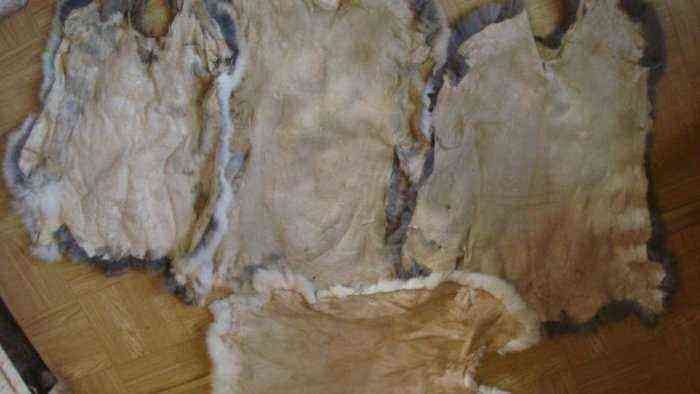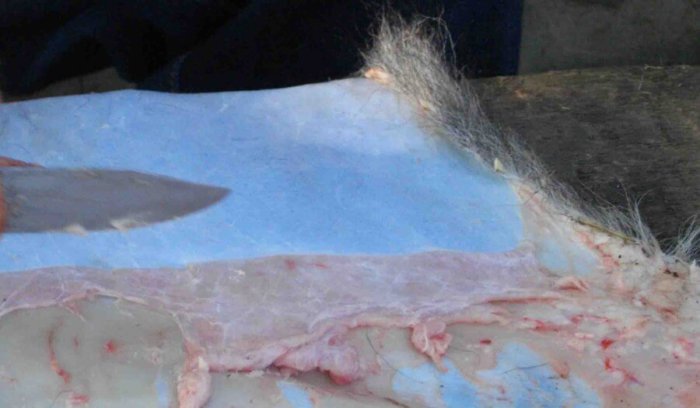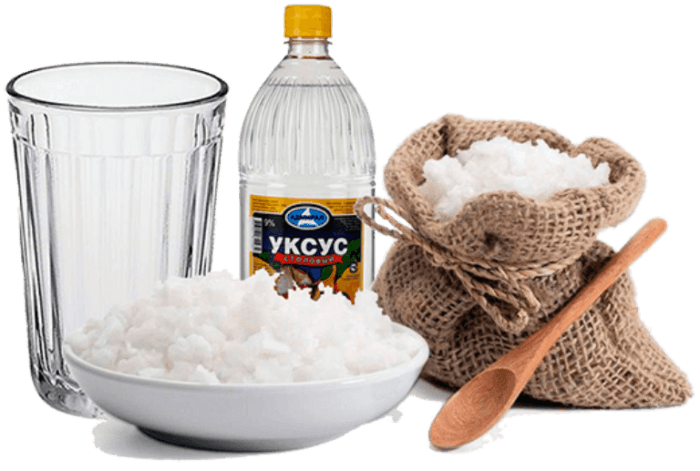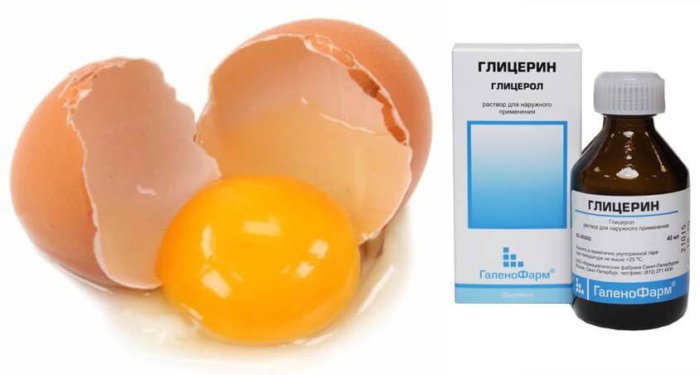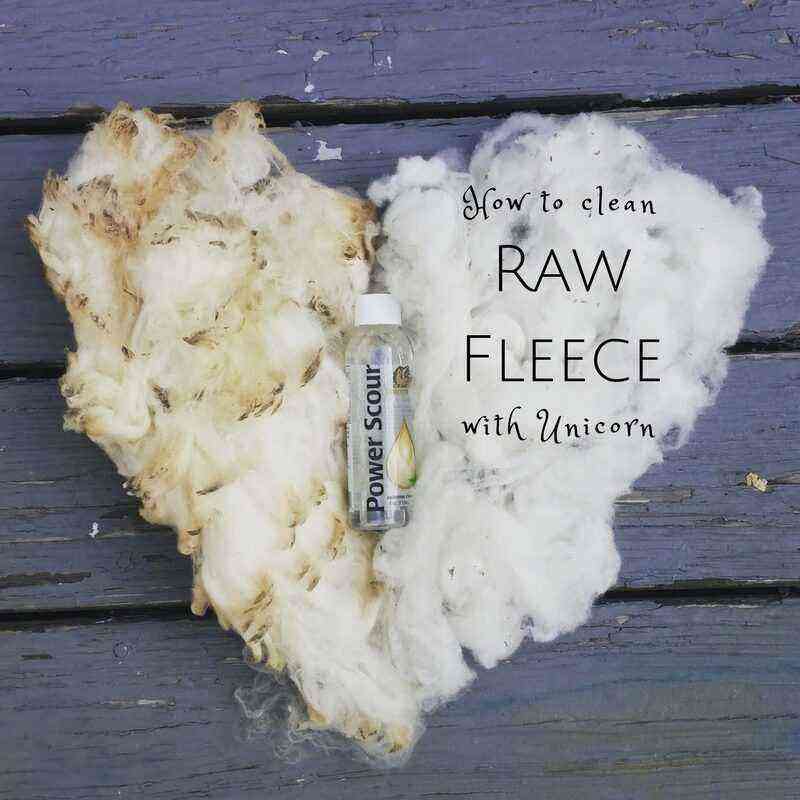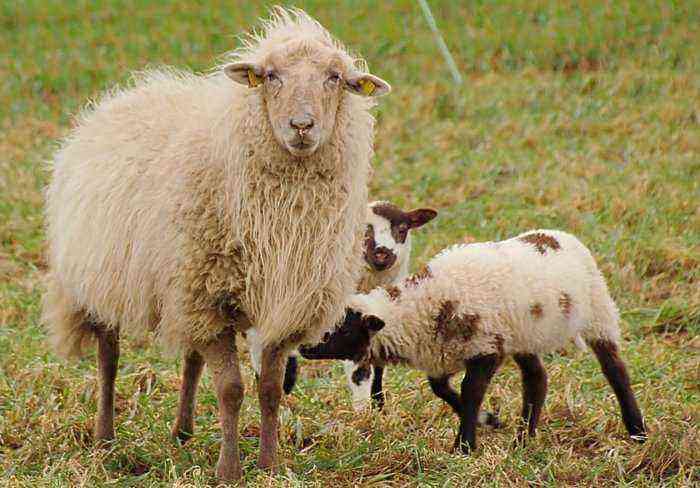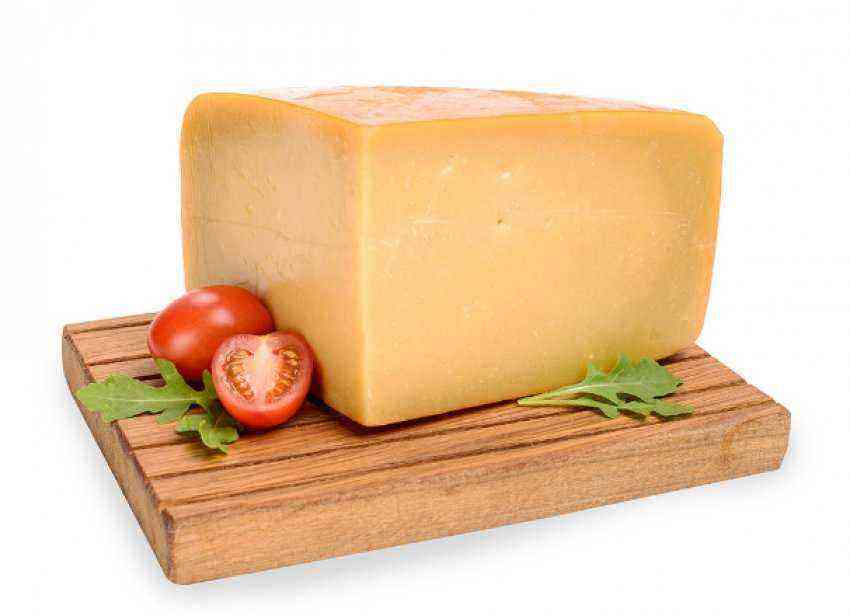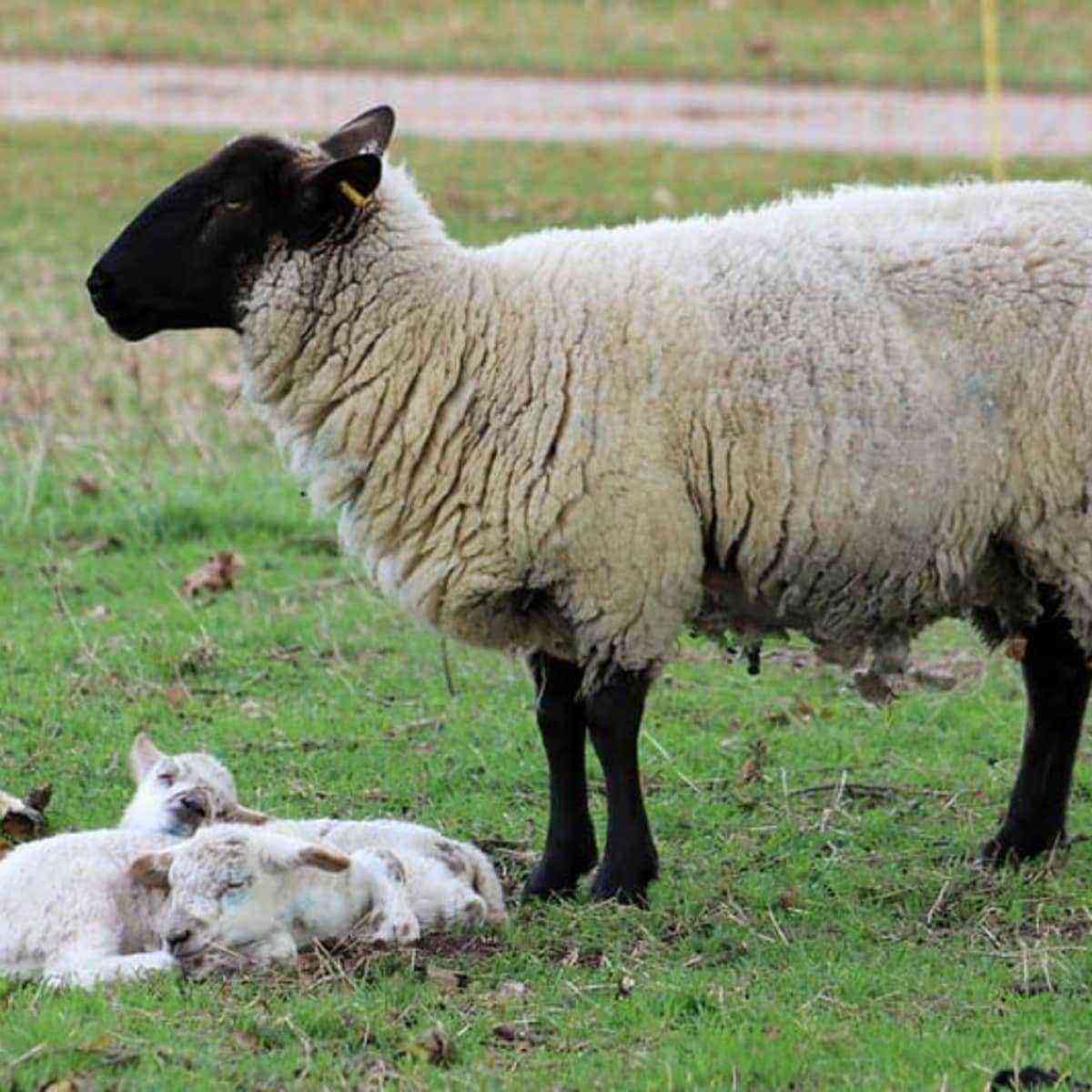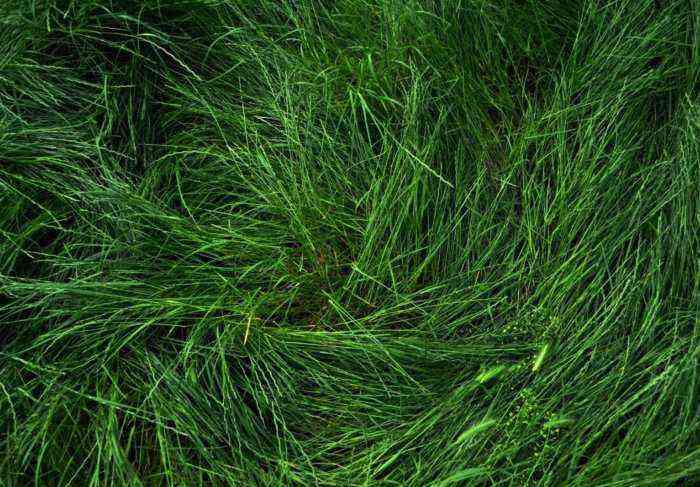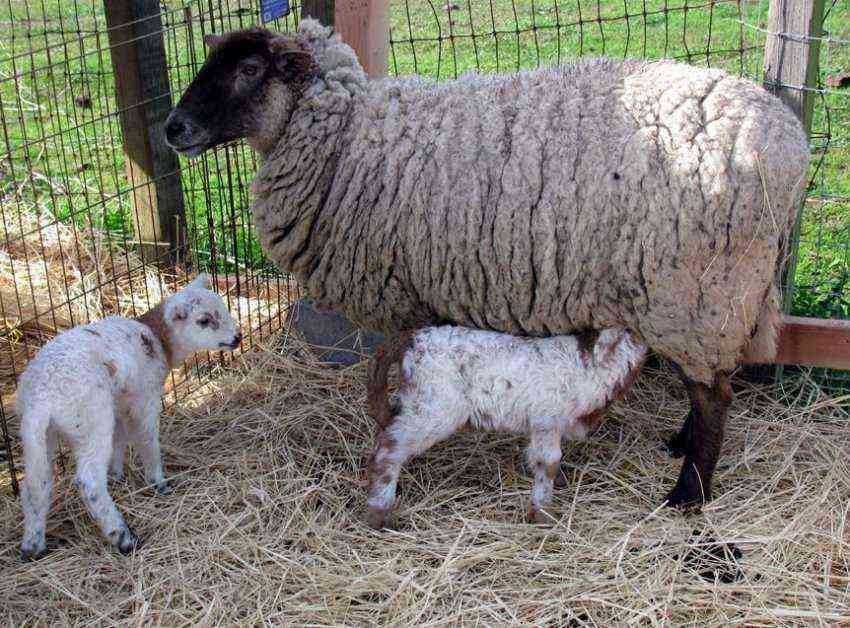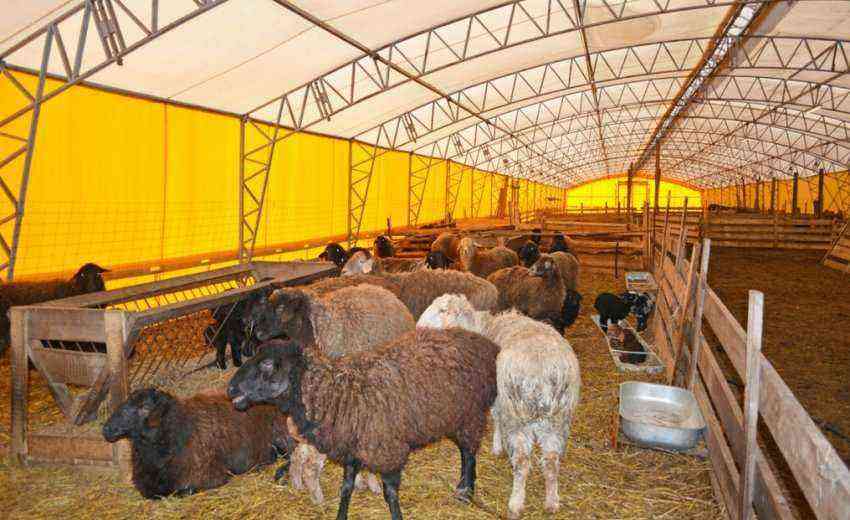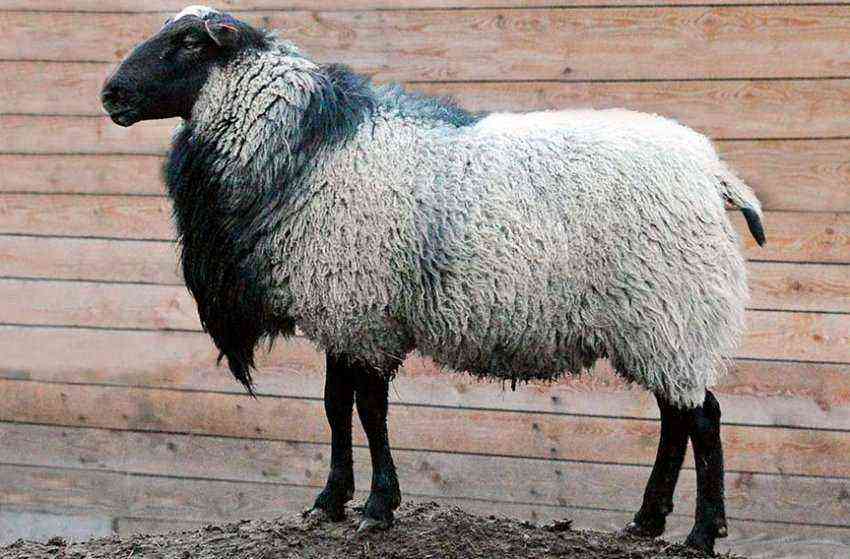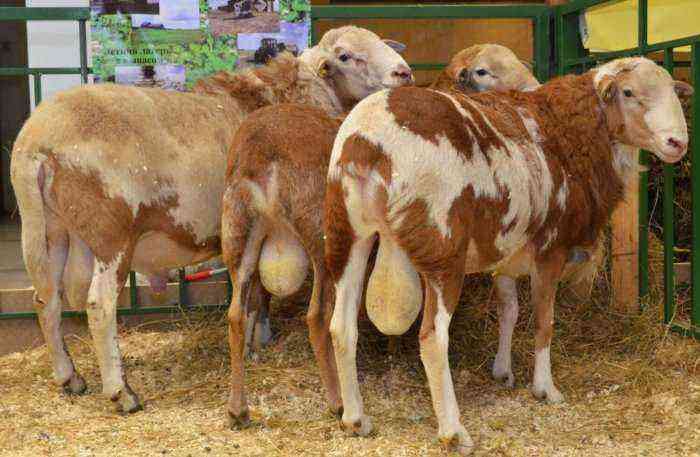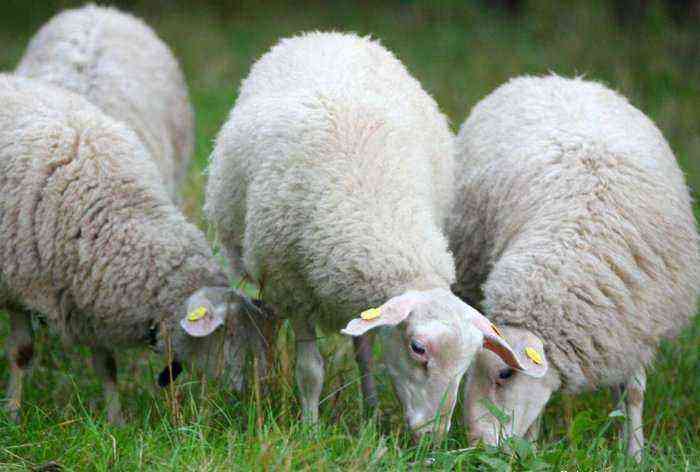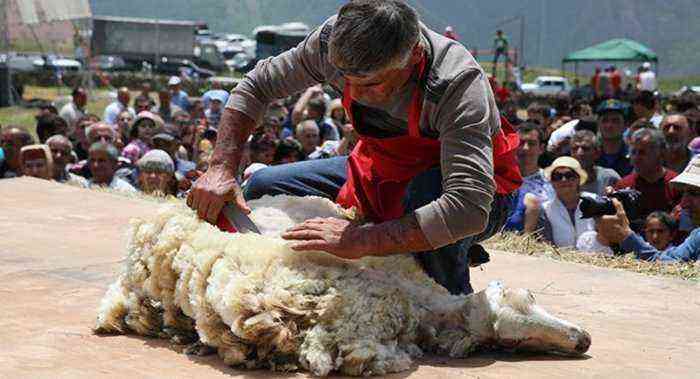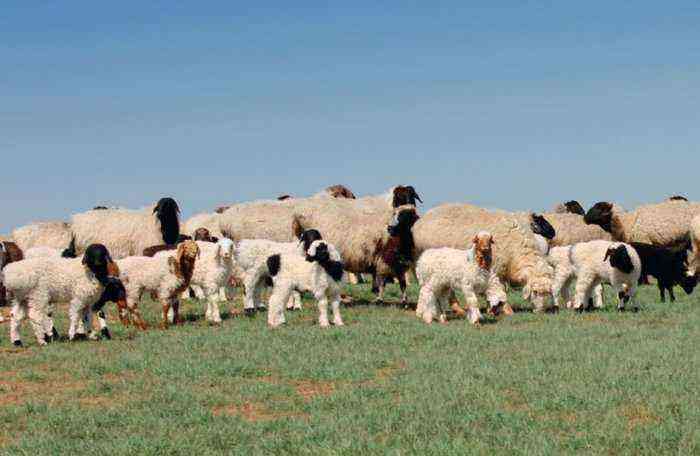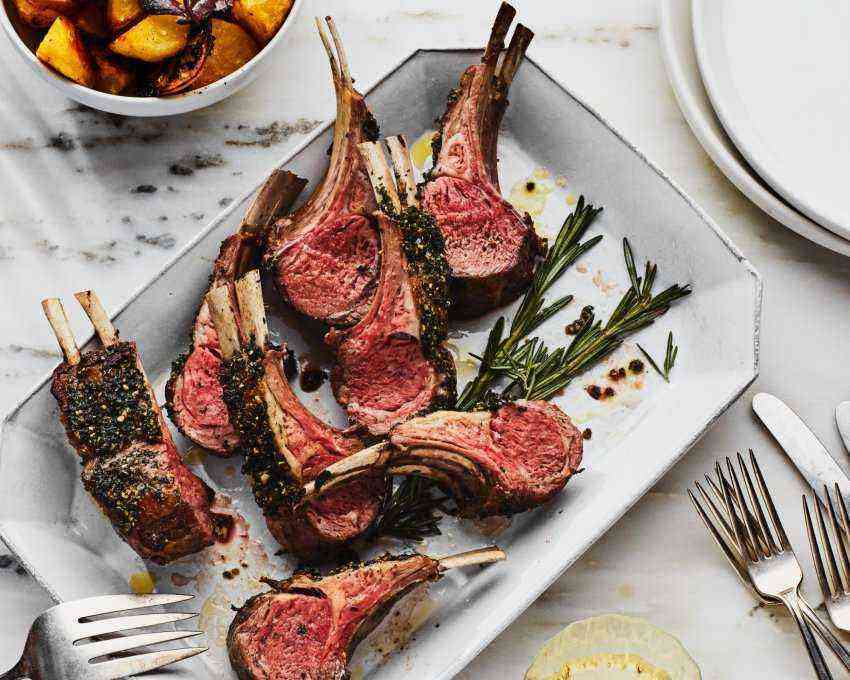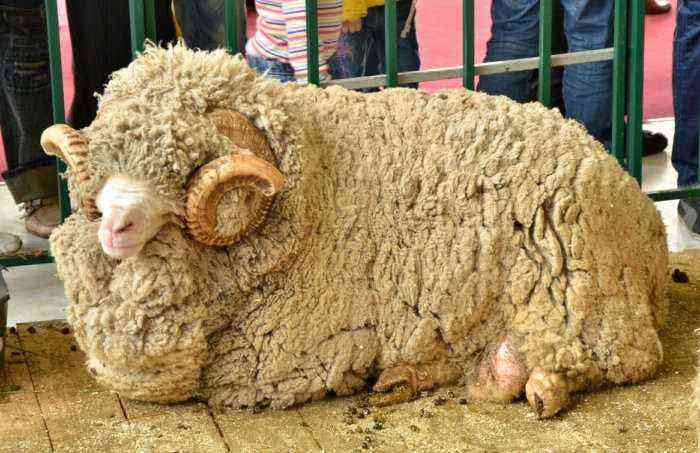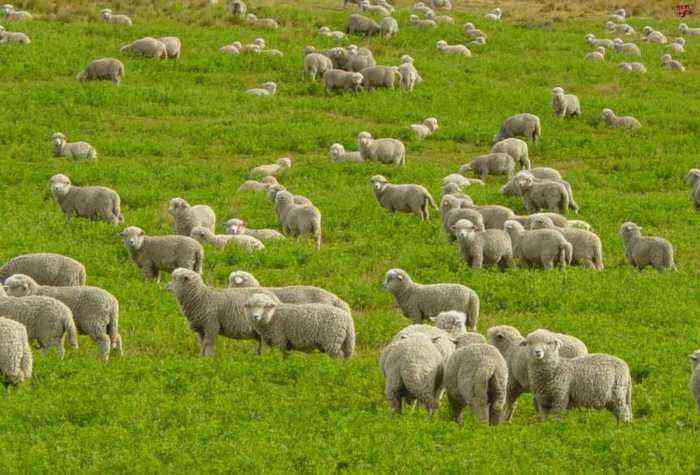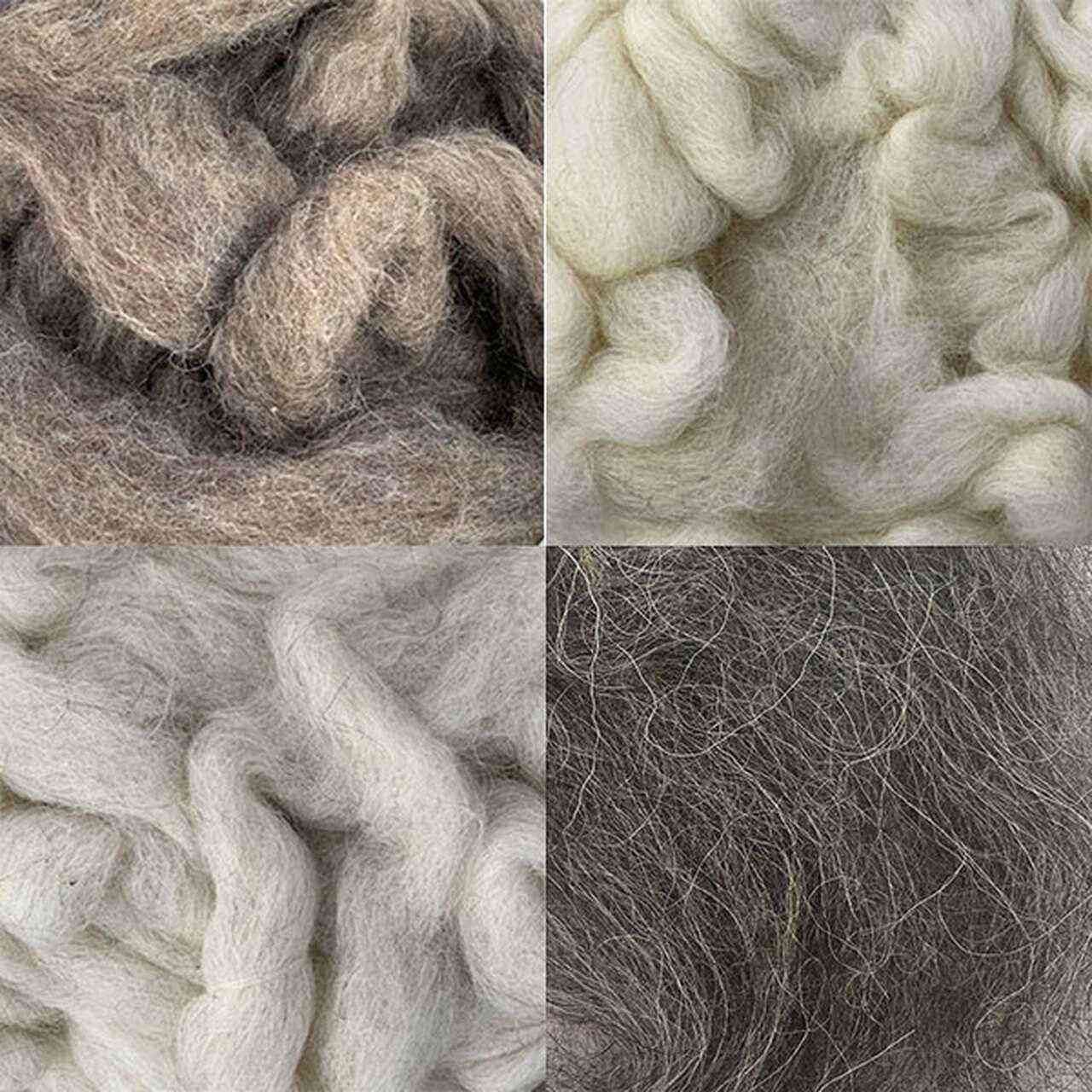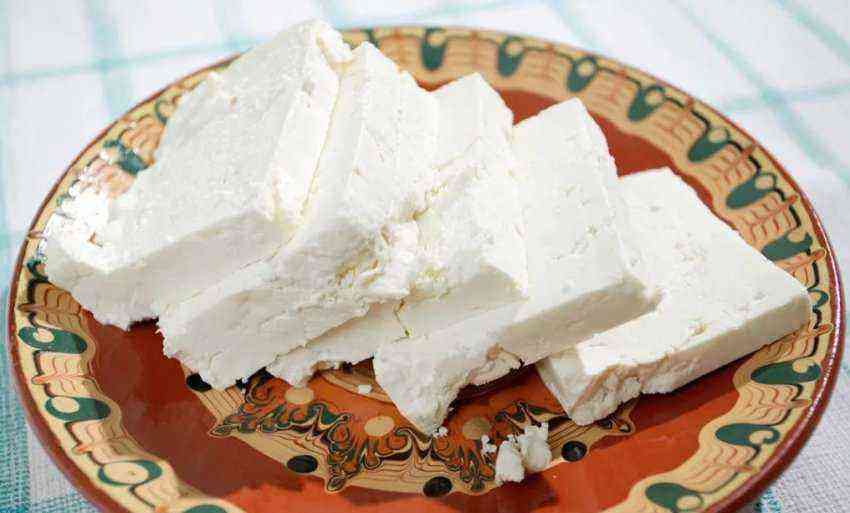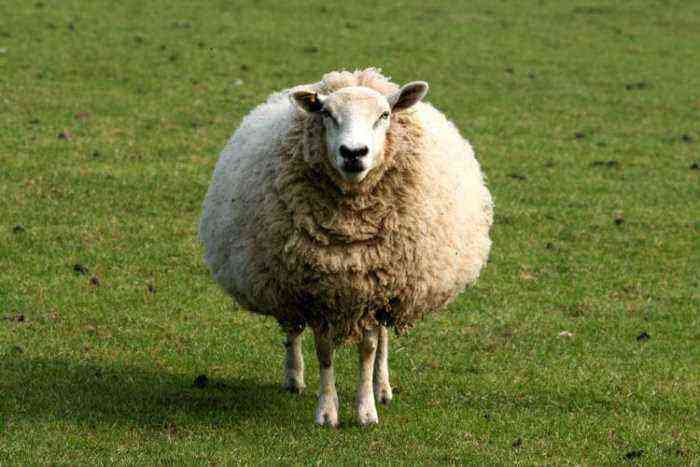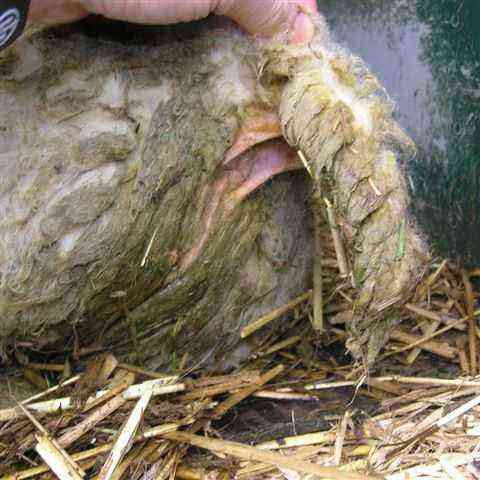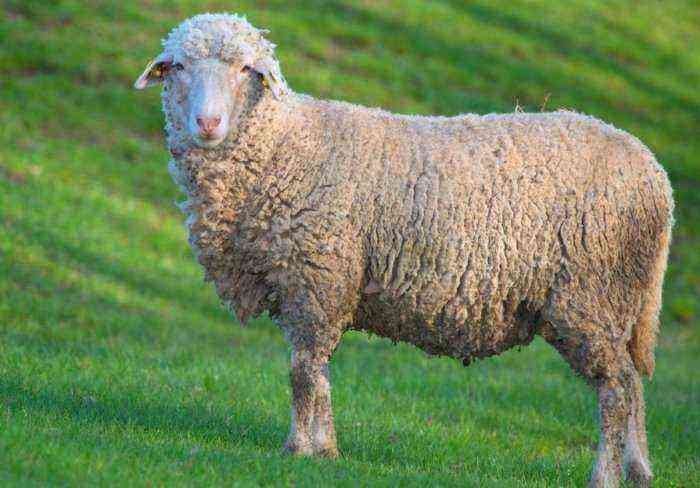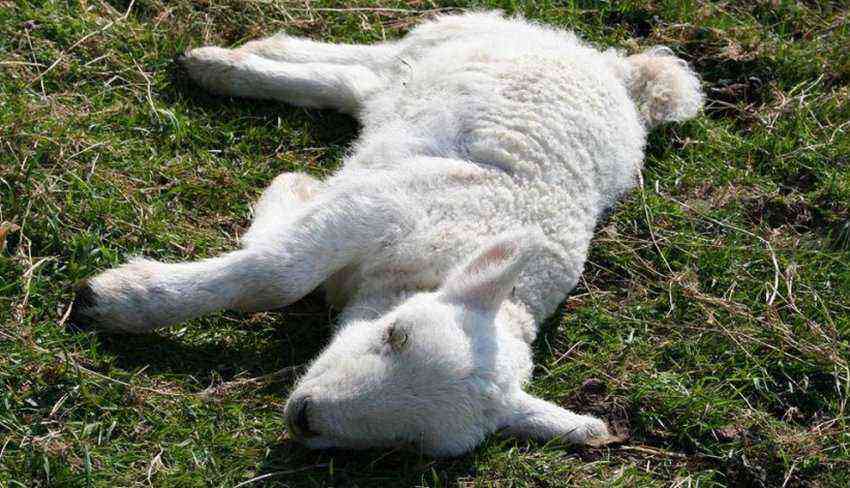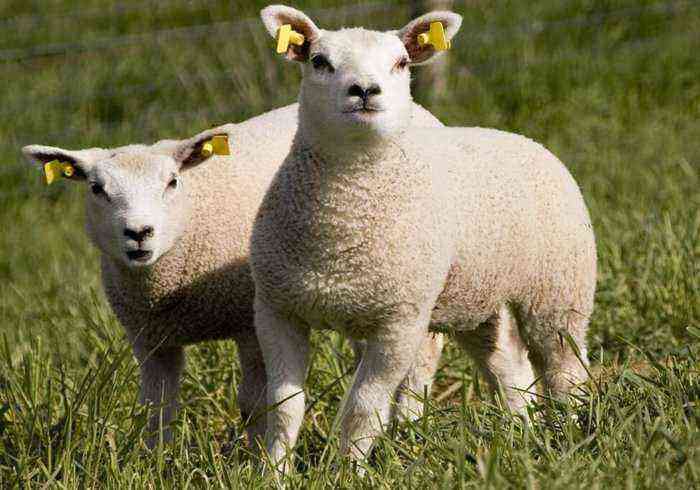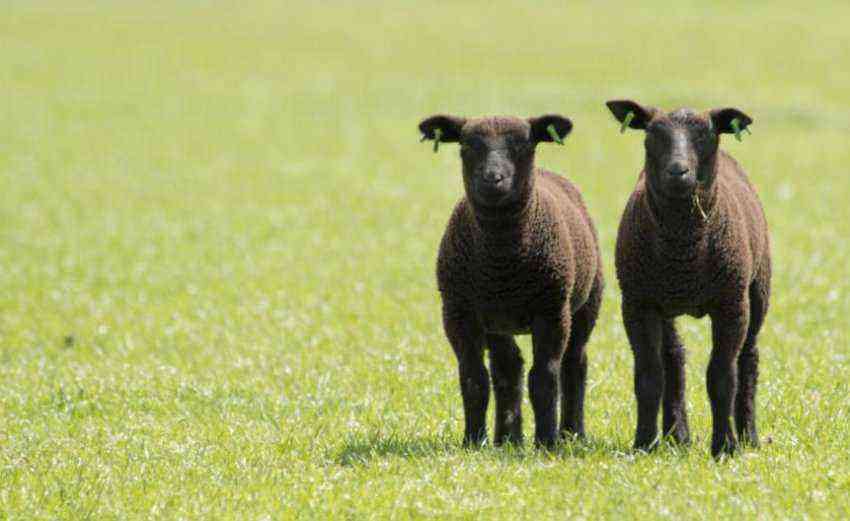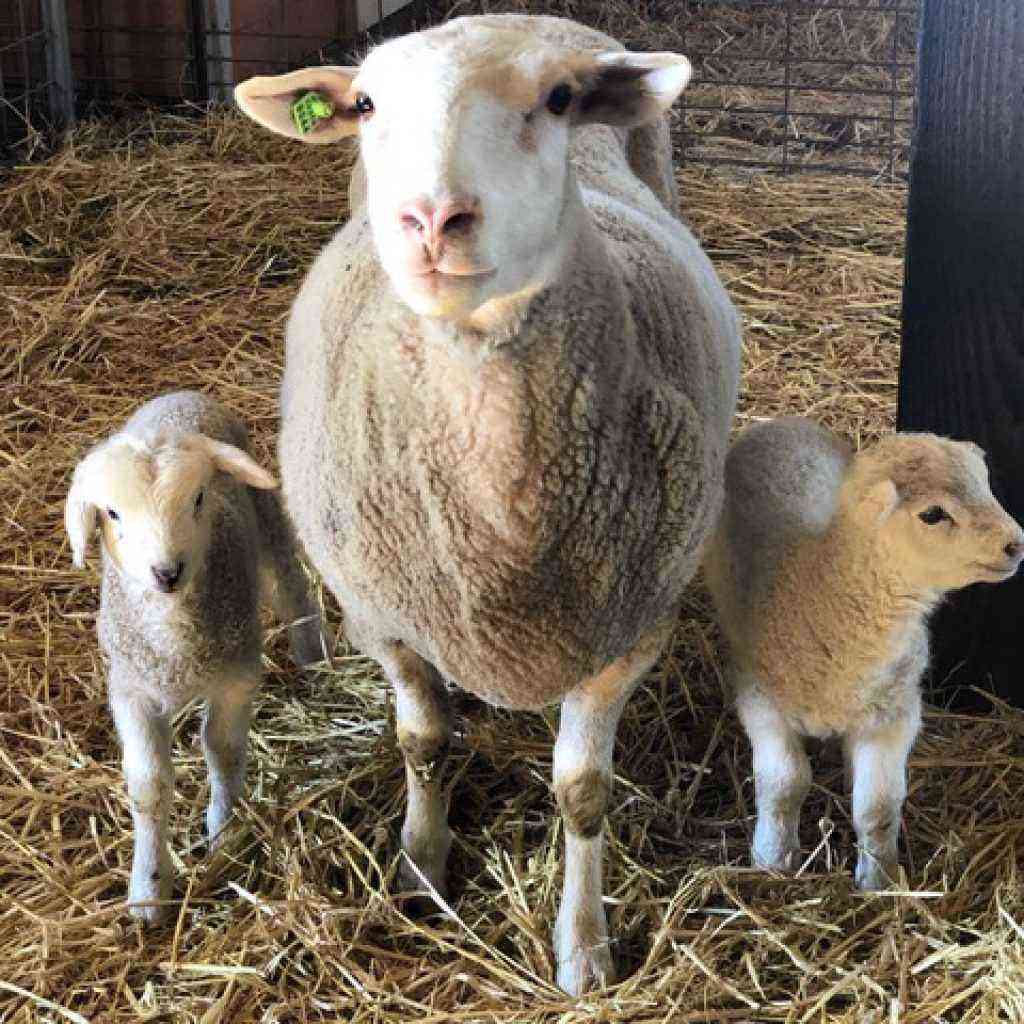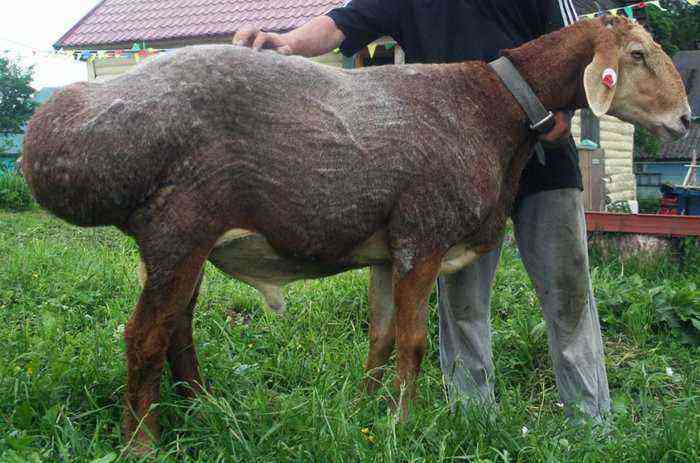Sheep skin is a by-product obtained from animals after slaughter. It can be used in the leather industry, and it is also used to make rugs for interior decoration and other products. However, many farmers simply throw it away, and the reason for this neglect is often the lack of dressing skills. Every sheep breeder should know about the rules and stages of processing sheepskin. This will help him get more profit.
Sheep skin
Dressing features
The main rule for obtaining a quality product is that you need to start dressing the skin immediately after it has been removed from the carcass. If you put it off until later, the further process will lose its meaning – the raw material may become unusable.
Immediately after slaughtering a ram or sheep and removing the skin, it is inspected for contamination from the outside and remnants of meat or films from the inside. Fragments of plants, thorns and other debris are removed manually, and biological residues are removed with a knife, trying not to damage the surface. Next, the canvas is folded in half with the wool out and left in a cool place for 2-3 hours.
Attention! Freshly sheared lamb skin should not be dried or kept at sub-zero temperatures.
Stages of the dressing process
Dressing sheep skins is not an easy task, it requires compliance with a certain sequence of actions and formulations of solutions for processing raw materials. The process takes several days and includes the following steps:
- soak;
- headache;
- laundry;
- pickling;
- tanning;
- fattening;
- drying.
Each of the steps is important. When working with skins, the main thing is to try not to damage the canvas, because if there are punctures or cuts on it, the price of the product will decrease.
Dressing of sheep skins
Zamachivanie
Dressing the skin begins with soaking. You will need a fairly roomy container – boiling or trough. The task of the farmer is to completely immerse the canvas in the solution. The skin must not be allowed to be compressed at this moment, it must lie freely.
Ingredients for the solution based on 1 liter:
- salt – 30-50 g;
- formalin – 0,1 ml;
- acetic acid.
Having dissolved all the components in water, a lamb skin is lowered into the container. It is important that it does not float, but is under water. Soaking time – 12-15 hours. At the end of the procedure, you need to make sure that the mezra has become soft and pliable. Otherwise, it will be impossible to proceed to the next stage of dressing. To check if the skin is ready, gently run your fingernail along the inside of the skin. If the mezdra is softened enough, you can start cleaning it.
Cheek
The mechanical processing of the skin from the inside in order to cleanse it of skin tissues and fat is called skinning. This treatment also helps to soften the skin to prepare it for better absorption of chemicals in the next stages of work.
Mining is done on a flat hard surface. If the farmer has a special machine for stretching the canvas, it is better to use it. It is convenient to remove the remnants of tissue from the inside of the skin with a knife or a scraper with a cutting edge at the end. You have to be careful not to cut the core. Scraping usually begins from the back of the skin, gradually moving along the ridge to the head. Then the side parts are processed, moving from the tail to the front edge.
Sheep skin skin
Attention! During the skinning procedure, areas where the skin is thicker are scraped off at the same time. It is important not to overdo it, but to achieve a uniform thickness of the mezra over the entire area of uXNUMXbuXNUMXbthe canvas.
Degreasing and washing
Before washing the canvas, it is necessary to degrease it in a special solution. It is prepared from the components:
- caustic soda – 5 g / l;
- soda ash – 8 g / l.
After dissolving the ingredients in the right amount of water, the skin is dipped into the liquid and left there for 15 minutes. After this time, the fabric is rubbed with hands, as when washing. If the flesh turned white and began to creak under the fingers, it means that the degreasing process was successful. Now let’s move on to washing.
Again you have to prepare the solution. Components:
- salt – 20 g/l;
- soap (50 grams) / l or washing powder – 3-5 g / l.
Attention! Hot water must not be used. Its temperature should not exceed 35 degrees.
The skin is lowered into the prepared solution and gently washed with hands for no longer than 5 minutes. Pure wool, when grasped by fingers, as if resists, creaks. A clean canvas is ready for the next stage of dressing.
Picking
This process is aimed at giving the skin elasticity and softness with the help of organic or mineral acids. An acidic solution is also prepared with the addition of salt to avoid swelling of the skin. If acetic acid is used, it will need 3 times more than formic or sulfuric acid. Observe the proportions when preparing the pickling solution.
Salt and vinegar
For 1 liter of water take:
- salt – 50 g;
- acetic acid – 15 g (sulfuric or formic – 5 g).
Attention! Exceeding the pickel concentration leads to the destruction of the core structure.
The skins are dipped in an acidic solution and kept in it for 12 hours. Experienced skinners are advised to check the readiness of the material for further processing. To do this, the canvas is folded in half and strongly squeezed by hand. If a light stripe forms at the place of the fold, then the pickling is completed.
Tanning
The tanning process is designed to give strength to the skin of a sheep and improve the performance properties of wool. To do this, you will again need a solution in which the skins lie for 24 hours, and it is prepared from the ingredients:
- salts – 50 g / l;
- chrome tanner – 6 g / l.
Attention! The skin is tanned in hot water. It is important to ensure that the solution remains so during the day.
Greasing
The next step is fattening the skin. The name speaks for itself – the canvas will be impregnated with fat-containing components to give it shine and softness. There are several recipes for preparing a fatty mixture for processing mezdra.
From pork fat
To prepare the composition you will need:
- 0,5 liter of hot water;
- 50 g of laundry soap;
- 0,5 l of melted pork fat;
- 5 ml of ammonia;
- 200 g egg yolk.
Soap is dissolved in water (you can grind it in advance). The container is placed on the stove and boiling is expected. Then melted fat is introduced, mixed and removed from heat. Add ammonia to the hot composition. The mass is constantly stirred until it becomes warm. Then the yolks are introduced, and the mixture is beaten again.
Yolk and glycerin
According to experienced grinders, this composition does an excellent job of fattening. For its preparation, glycerin and egg yolks are taken in equal proportions. The mass is whipped and used for its intended purpose.
Glycerin and yolk for fatliquoring hides
With vaseline oil
If there is vaseline oil in the house, it can be used for fatliquoring hides. It will take 100 g of the product, the same amount of egg yolk and 50 g of glycerin. The tool must be well shaken.
Having chosen any of the listed compositions, it is applied to the skins that are still wet after tanning from the side of the mezra. It is important to be careful not to stain the wool fibers. Treated cloths, 2 pieces each, are folded with wool outward and left to soak in the fat mixture for 3-4 hours. Then the skins are separated and the remnants of the fatty mass are removed with a clean cloth.
Drying
It is not enough just to dress the skin of a sheep at home, it still needs to be properly dried. Canvases are hung on stretched ropes or special hangers indoors or outdoors. It is important to observe the temperature regime – 38-40 degrees.
Attention! Do not dry the skins in the open sun or near heat sources – radiators or heaters.
Dressing skins requires not only knowledge and experience, but also patience. Not every sheep breeder is ready to spend so much time and effort on this process, but the work is rewarded. Efforts will certainly pay off – well-processed skins are in demand, which means that the farmer will have an additional source of income.
